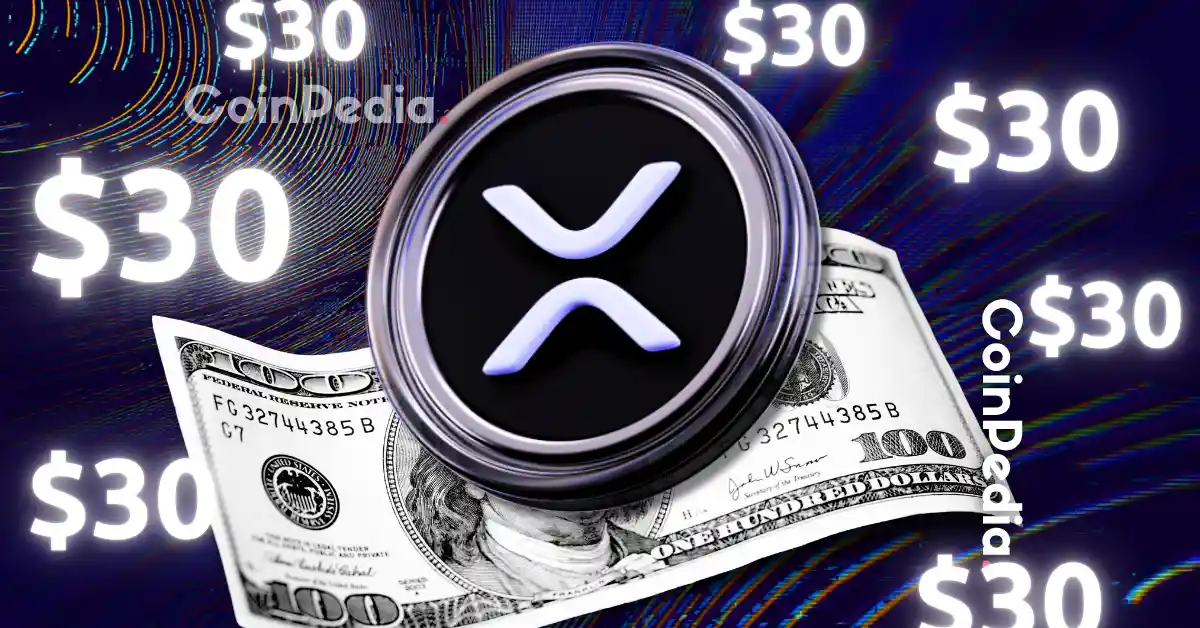Ripple’s RLUSD: A Complement or a Cannibal to XRP?
The Ripple Effect: A Dual-Asset Strategy
Ripple, a blockchain-based payment protocol and cryptocurrency company, has long been a key player in the digital asset space. Its native token, XRP, has been positioned as a bridge currency for cross-border transactions, leveraging the XRP Ledger (XRPL) to facilitate fast and low-cost payments. However, the recent introduction of RLUSD, Ripple’s own stablecoin, has sparked a debate about the future role of XRP within the ecosystem. This article explores whether RLUSD is a complementary asset that enhances the utility of the XRPL or a potential threat to XRP’s long-term viability.
RLUSD: A Stablecoin with Strategic Potential
RLUSD is Ripple’s entry into the stablecoin market, a sector dominated by Tether (USDT) and Circle’s USDC. Stablecoins are designed to maintain a stable value, typically pegged to a fiat currency like the US dollar, making them ideal for trading, remittances, and payments. Ripple President Monica Long has emphasized that RLUSD is intended to complement XRP, not replace it. The stablecoin aims to provide developers and payment utilities with a reliable asset for cross-border transactions and other applications.
One of the most significant developments for RLUSD is Ripple’s potential to secure a US banking license. This would allow Ripple to hold RLUSD reserves directly with the Federal Reserve, significantly enhancing the stablecoin’s security and credibility. Additionally, partnerships with institutions like Amina Bank have already begun to integrate RLUSD into traditional finance, further bolstering its position in the market.
XRP: The Veteran Asset in a Changing Landscape
XRP has long been touted as a solution for fast and cost-effective cross-border payments. Its primary use case has been to act as a bridge currency, facilitating the transfer of value between different fiat currencies. However, XRP has faced regulatory challenges and has struggled to achieve mainstream adoption. The launch of RLUSD raises questions about whether it could overshadow XRP’s original purpose.
Some analysts argue that RLUSD could limit XRP’s role to transaction fees, potentially diminishing its broader utility. Others suggest that RLUSD increases the appeal of using Ripple’s solutions, making Ripple more attractive to US banks and potentially driving overall adoption of the XRPL. Ripple CTO David Schwartz has stated that XRP is the only asset that can be used to pay transaction fees on the XRPL, highlighting a specific utility that RLUSD cannot fulfill. This suggests that XRP will retain a fundamental role in the network’s operations.
Complementary Roles or Competitive Forces?
The critical question is whether RLUSD and XRP can coexist harmoniously within the Ripple ecosystem. Several factors point to a potential complementary relationship:
However, potential competitive forces cannot be ignored:
The Price Impact: RLUSD Launch and XRP’s Market Performance
The launch of RLUSD has not yet triggered a significant rally in XRP’s price. However, some analysts believe that the real growth for XRP is still ahead, citing the potential for RLUSD to drive increased adoption of the XRPL. Trading volumes for XRP have seen increases, and Ripple has been actively expanding its ecosystem with initiatives focused on accelerating RLUSD adoption.
Whale movements, involving the transfer of billions of XRP tokens, also contribute to market dynamics. The overall impact on XRP’s price will depend on a complex interplay of factors, including market sentiment, regulatory developments, and the actual adoption rate of RLUSD.
Ripple’s Vision: XRPL as a Multifaceted Ecosystem
Ripple envisions the XRPL as a versatile platform supporting various assets and use cases. This vision involves seamless integration of blockchain technology with traditional finance, leveraging both RLUSD and XRP. Ripple’s acquisition strategy, including potential moves in the prime brokerage service sector, further supports this ambition.
The company’s focus on ecosystem expansion suggests that it sees value in both XRP and RLUSD, with each asset playing a distinct role in achieving its broader goals. The success of this strategy will depend on Ripple’s ability to navigate the complex regulatory landscape and foster collaboration within the crypto community.
Conclusion: A Balancing Act for Ripple
Ripple’s launch of RLUSD represents a strategic move to diversify its offerings and capitalize on the growing demand for stablecoins. While concerns about RLUSD cannibalizing XRP are valid, there is also significant potential for the two assets to complement each other and drive overall growth for the Ripple ecosystem.
The future of XRP and RLUSD hinges on Ripple’s ability to execute its vision of a multifaceted XRPL ecosystem. This requires careful management of the assets’ respective roles, proactive engagement with regulators, and a commitment to fostering innovation and adoption. Only time will tell if Ripple can successfully navigate this balancing act and solidify its position as a leading player in the evolving world of digital finance. For now, the crypto community will continue to watch closely, scrutinizing every move in this fascinating saga.





